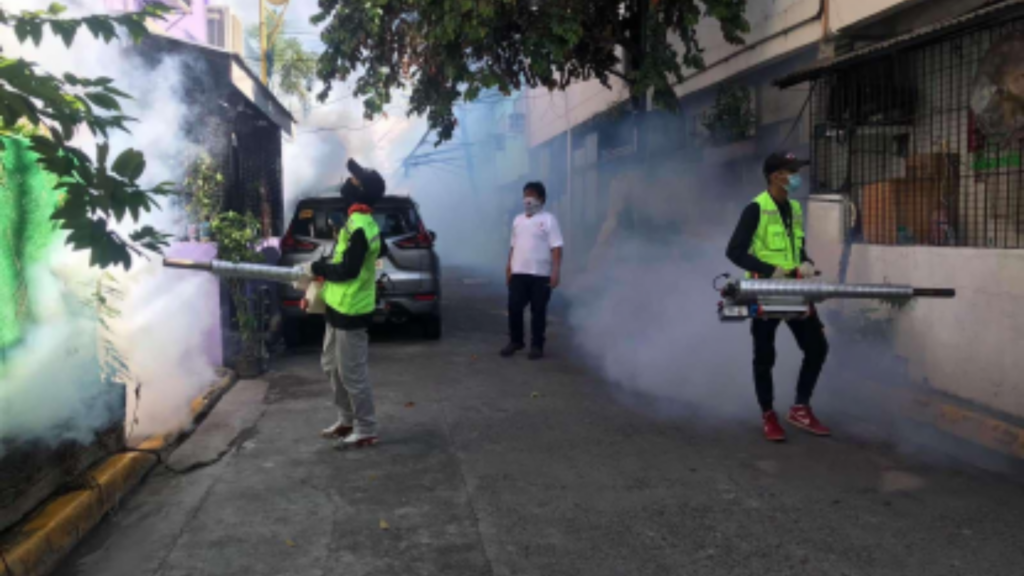THE Department of Health (DOH) has identified 17 local government units (LGUs) across Calabarzon, Metro Manila, and Central Luzon as dengue hot spots, though it left the decision to declare an outbreak up to local officials.
Calabarzon recorded the highest number of cases with 9,113, followed by Metro Manila (7,551) and Central Luzon (7,362).
Between Jan. 1 and Feb. 15, the DOH logged 43,732 dengue cases nationwide—56 percent higher than the 27,995 cases recorded in the same period last year. Despite the surge, the department reported a slight drop in the case fatality ratio (CFR) from 0.42 percent last year to 0.38 percent. The DOH credited early diagnosis and proper management for this improvement.
Over the past four weeks, dengue cases have declined by 5 percent, a shift the DOH attributes to increased public awareness, cleanup drives, and mosquito control efforts such as misting and fogging in high-risk areas.
However, Negros Occidental has seen an alarming 387.93 percent rise in dengue cases, jumping from 174 last year to 849 this year, with six reported deaths. The hardest-hit areas include Bago City (186 cases), Kabankalan City (66), and San Carlos City (61). Last year, the province recorded 6,799 cases and 22 deaths, overwhelming hospitals and health units.
Meanwhile, Quezon City declared a dengue outbreak, reporting 1,769 cases from Jan. 1 to Feb. 14. Officials noted that eight out of ten fatalities were minors.
In response to rising cases, PhilHealth has increased its hospitalization coverage for severe dengue cases from P16,000 to P47,000, while coverage for mild cases has risen from P10,000 to P19,500.
DOH spokesperson Albert Domingo emphasized that the CFR is the key indicator, not just the total number of cases. He urged the public to seek early medical consultation for symptoms such as high fever, headaches, nausea, vomiting, and skin rashes.

